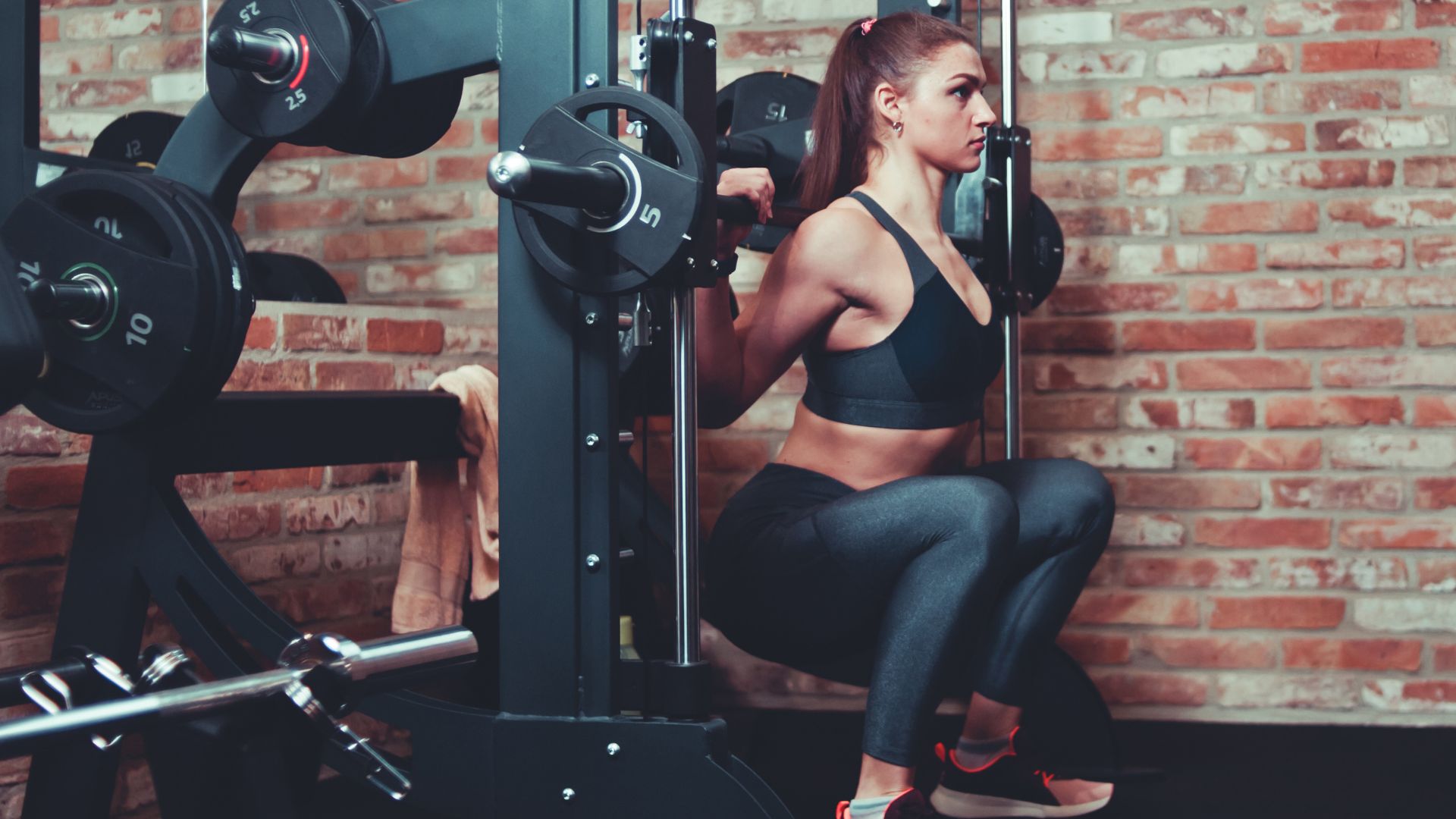Let’s delve further into the intricacies of squats and how they engage different muscle groups, including the role of stabilizers.
Final word
Understanding how squats engage various muscles and stabilize the body is key to maximizing their benefits. While squats primarily target the lower body, they involve a network of muscles, with stabilizers playing a crucial role in maintaining balance and form.

Hey there, it’s Mike Rrsq, the Editor-in-Chief over at Jsquat.com, and I’m absolutely obsessed with all things squat fitness! I’ve been lucky enough to get some serious recognition for my work in this field. With a solid background in the fitness and wellness industry, I’ve been there right from the get-go, helping shape this website into what it is today.
You see, I’m not just the boss around here; I’m also a passionate contributor. I love sharing my insights through my articles, and trust me, they’re not your run-of-the-mill stuff. Each piece I write is a labor of love, filled with my expertise and real-world experience in the fitness universe. So, if you’re into fitness and looking for some inspiration, you’re in the right place!

